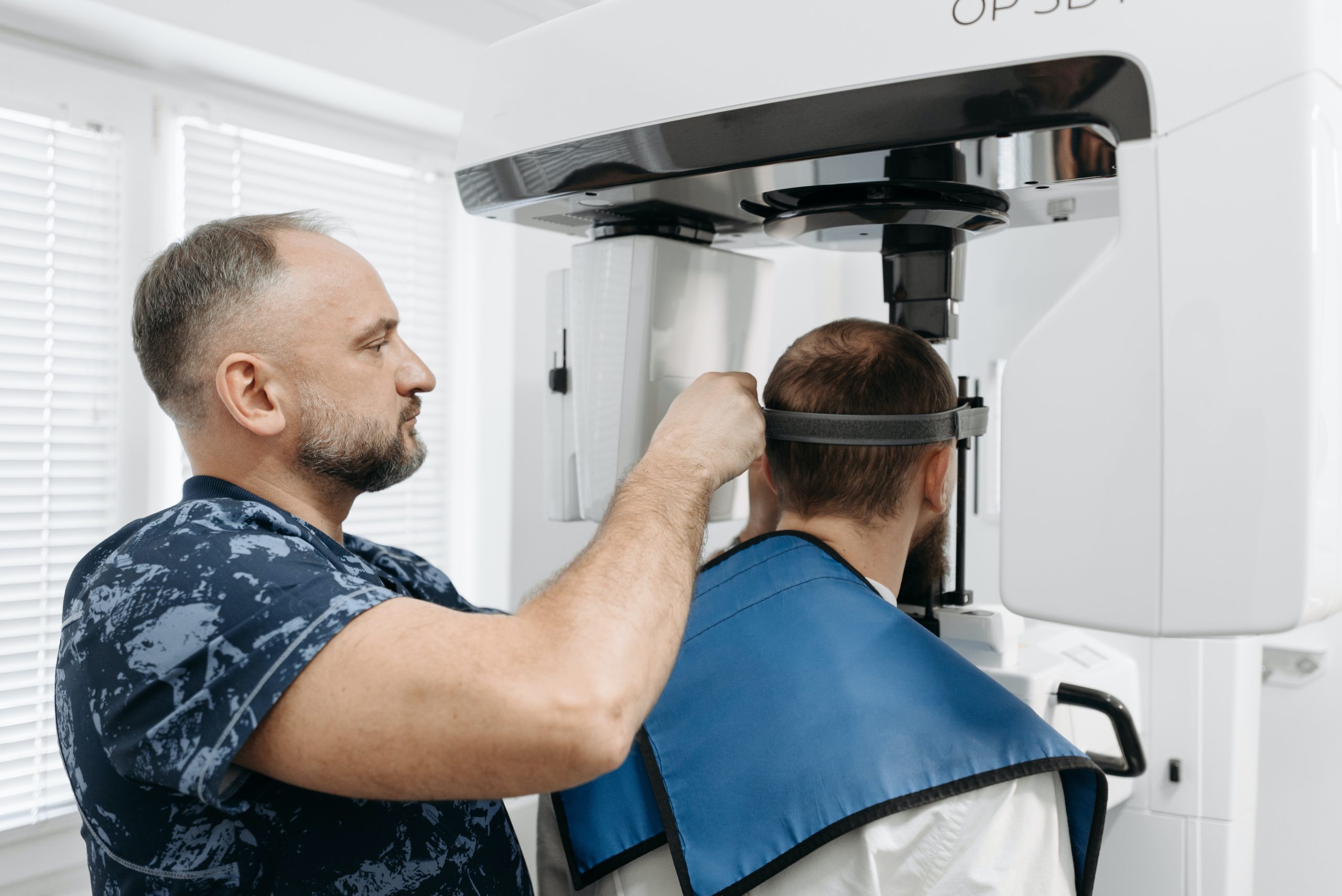Grooming and bathing your pets is not only essential for their appearance but also crucial for their overall health and well-being. Regular pet grooming can improve your pet’s comfort, prevent health issues, and even strengthen the bond between pet and owner. This comprehensive guide will provide you with essential information, tips, and tricks to make your pet grooming and bathing routine a breeze.
Pet Grooming Basics
Before diving into specific grooming techniques, it’s important to understand the basics of pet grooming. Every pet has unique needs, and tailoring your grooming routine to your pet’s specific requirements is the key to a happy and healthy furry friend.
A. Understanding Your Pet’s Grooming Needs
Some pets may require more frequent grooming than others, depending on factors like their breed, coat type, and skin conditions. For example, dogs with longer or thicker coats will need more brushing to prevent mats and tangles, while cats that are prone to developing hairballs may benefit from regular combing. Pay attention to your pet’s unique characteristics to determine the most appropriate grooming schedule and techniques for them.
B. Creating a Grooming Schedule
Establishing a grooming routine will help you stay consistent with your pet’s care. A consistent schedule will ensure that grooming tasks don’t pile up and become overwhelming for both you and your pet. For most pets, a weekly brushing and monthly bathing session is a good starting point. More specific grooming tasks, such as nail trimming and ear cleaning, can be performed every few weeks or as needed.
C. Pet Grooming Safety Tips
Proper grooming practice is essential for your pet’s safety and comfort. Always use tools designed specifically for pets, such as grooming brushes and nail clippers, to avoid potential injuries. Additionally, take your time and be gentle while grooming to ensure your pet doesn’t become stressed or fearful during the process.
Dog Grooming Tips
Dog grooming can be a rewarding and enjoyable activity for both you and your canine companion when done correctly. Here are some essential tips for keeping your dog well-groomed and healthy.
A. Brushing and Combing
Regular brushing keeps your dog’s coat looking shiny and healthy. It also helps to distribute their natural oils, which moisturize the skin and coat, preventing dryness and irritation. Choose a brush that is appropriate for your dog’s hair type, whether it’s a slicker brush for short-haired breeds or a pin brush for those with longer or curly coats. Aim to brush your dog at least once a week to keep their fur tangle-free and prevent the formation of mats.
In addition to regular brushing, it’s crucial to monitor your pet’s health through dog checkup in Jacksonville or a veterinary clinic near you. Routine exams can help detect early signs of potential problems and provide essential preventive care, ensuring your pet stays healthy and happy.
B. Nail Trimming and Ear Cleaning
Nail trimming is essential for your dog’s comfort and mobility. Overgrown nails can cause pain and even lead to abnormal gait or posture. Trim your dog’s nails every three to four weeks, using pet-specific nail clippers to avoid injury. Ear cleaning is also vital for preventing infections and maintaining good ear health. Clean your dog’s ears gently with a soft cloth or cotton ball moistened with an ear cleaning solution recommended by your veterinarian.
C. Oral Hygiene for Dogs
Oral hygiene is often overlooked, but it’s just as important as other grooming tasks. Regular tooth brushing can prevent dental diseases and maintain your dog’s overall health. Start by brushing your dog’s teeth at least two to three times a week using a dog-specific toothbrush and toothpaste. Dental chews and oral care products can also help maintain good oral health between brushing sessions.
D. Grooming for Different Dog Breeds and Fur Types
Each dog breed and fur type come with a unique set of grooming needs. Short-haired breeds may require less frequent brushing, while long-haired breeds often need daily brushing to prevent tangles and mats. Research your dog’s specific grooming needs based on their breed and coat type, and adjust your grooming routine accordingly.
Cat Grooming Tips
Cats are known for their impeccable grooming habits, but that doesn’t mean they can’t benefit from some human assistance. Here are some tips to help keep your feline friend clean and healthy.
A. Brushing and Combing
Brushing your cat regularly helps remove loose hair, prevent hairballs, and promote a healthy, shiny coat. Short-haired cats can be brushed once a week, while long-haired cats may need daily brushing. Choose a brush that is appropriate for your cat’s fur type and always groom in the direction of hair growth to avoid pulling on the coat.
Regular dog or cat grooming services are essential for maintaining your pet’s healthy appearance and well-being. In between your grooming sessions, professional grooming services can help with tasks like nail trimming, ear cleaning, and other specialized treatments to keep your pet looking and feeling their best.
B. Nail Trimming and Ear Cleaning
Like dogs, cats also need regular nail trimming to prevent overgrowth and maintain their overall health and comfort. Trim your cat’s nails every two to three weeks, being cautious not to cut into the quick, which can cause bleeding and pain. For ear cleaning, use a soft cloth or cotton ball moistened with a cat-safe ear cleaning solution to gently clean your cat’s ears.
C. Oral Hygiene for Cats
Oral hygiene is just as important for cats as it is for dogs. Brush your cat’s teeth at least two to three times a week using a cat-specific toothbrush and toothpaste, starting slowly and gently to acclimate your cat to the process. Like in dogs, dental chews, and other oral care products can help maintain your cat’s oral hygiene between brushing sessions.
D. Grooming for Different Cat Breeds and Fur Types
As with dogs, different cat breeds and fur types have unique grooming requirements. Short-haired cats generally need less overall grooming than long-haired or curly-furred cats. Research your cat’s specific grooming needs based on their breed and coat type to ensure you’re providing the best possible care.
Pet Bathing Techniques
Bathing is an essential part of your pet’s grooming routine. Whether you have a dog or a cat, follow these tips for a stress-free bath time.
A. How to Properly Bathe Your Pet
Begin by choosing an appropriate location for bathing, such as a sink, bathtub, or outside with a hose. Always use warm water and gently wet your pet’s coat, avoiding their eyes and ears. Apply a pet-specific shampoo and lather up, being gentle and thorough. Rinse your pet well to remove all shampoo residue, and then use a pet-specific conditioner if desired. Rinse again, and then gently towel dry your pet. Remember to reward your pet after a successful bath with praise, treats, or a favorite toy.
B. Selecting Appropriate Pet Shampoo and Conditioner
When selecting a shampoo and conditioner for your pet, opt for products designed specifically for pets, as human products can cause irritation. Choose a shampoo that caters to your pet’s specific needs, such as one for sensitive skin or a hypoallergenic formula if your pet has allergies. A pet-specific conditioner can help detangle and soften your pet’s fur, especially for long-haired breeds.
C. Tips for a Stress-Free Bathing Experience
Bathing can be a trying experience for both pets and their owners. To reduce stress, make bath time enjoyable with plenty of praise, treats, and toys. Also, ensure you’re using the proper bathing techniques and always approach grooming tasks with patience and a gentle touch.
Grooming Tools and Supplies
Investing in high-quality tools and supplies can make the grooming process easier and more enjoyable for both you and your pet. Here are some essential tools and supplies to have on hand for your pet grooming routine.
A. Brushes and Combs
Selecting the right brush or comb for your pet’s coat type is essential for effective grooming. Pin brushes and slicker brushes work well for dogs with longer or thicker coats, while combs and bristle brushes are ideal for short-haired dogs and cats. Experiment with different brushes to find the one that works best for your pet’s unique coat.
B. Nail Clippers and Files
Invest in a good pair of pet-specific nail clippers to ensure safe and accurate nail trimming. Guillotine-style clippers are popular for small to medium-sized pets, while scissor-style clippers are preferred for larger pets. A nail file can be used to smooth out any rough edges after trimming.
C. Ear Cleaning Supplies
Keep your pet’s ears clean with cotton balls and a veterinarian-approved ear cleaning solution. Avoid using cotton swabs, as they can cause injury to your pet’s ear canal.
D. Shampoo and Conditioner
Choose pet-specific shampoos and conditioners formulated for your pet’s specific needs. Look for shampoos that cater to sensitive skin or hypoallergenic options if your pet suffers from allergies. A conditioner can help soften and detangle your pet’s coat, particularly for long-haired breeds.
E. Oral Hygiene Supplies
Invest in a pet-specific toothbrush and toothpaste for your pet’s oral hygiene routine. Dental chews and oral care products can also help maintain your pet’s oral health between brushing sessions.
F. Specialized Grooming Tools
For pets with unique needs, such as those who may require reproductive veterinary surgery or suffer from specific skin conditions, specialized grooming tools may be necessary. Consult with your veterinarian about any special grooming tools your pet may need to ensure proper care.
In Conclusion
Pet grooming and bathing are essential components of your pet’s overall health and well-being. By understanding your pet’s unique grooming needs, establishing a consistent grooming schedule, and using the right tools and supplies, you can ensure your pet stays clean, comfortable, and healthy. As a responsible pet owner, take the time and effort to learn about and engage in proper grooming practices, and always consult with your veterinarian for any specialized grooming needs or concerns.




